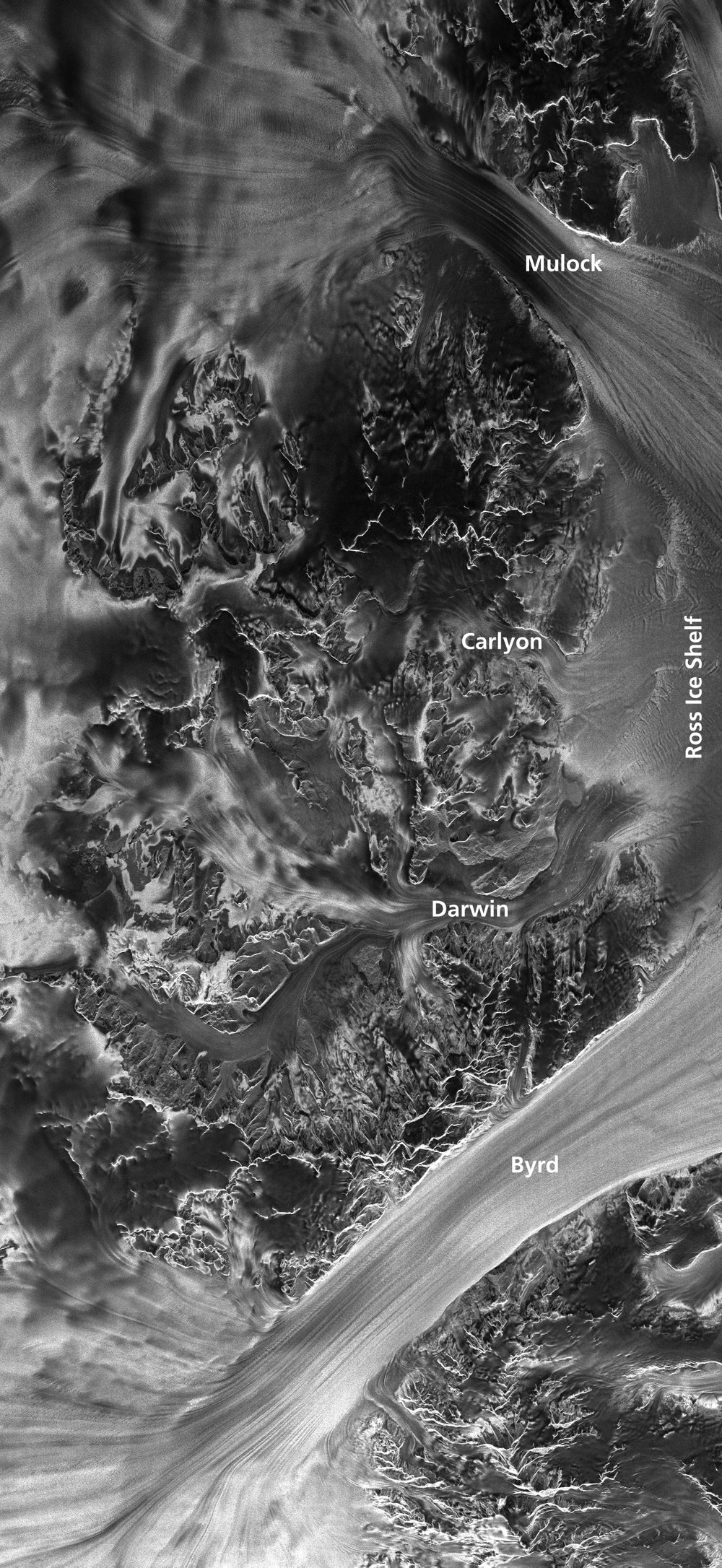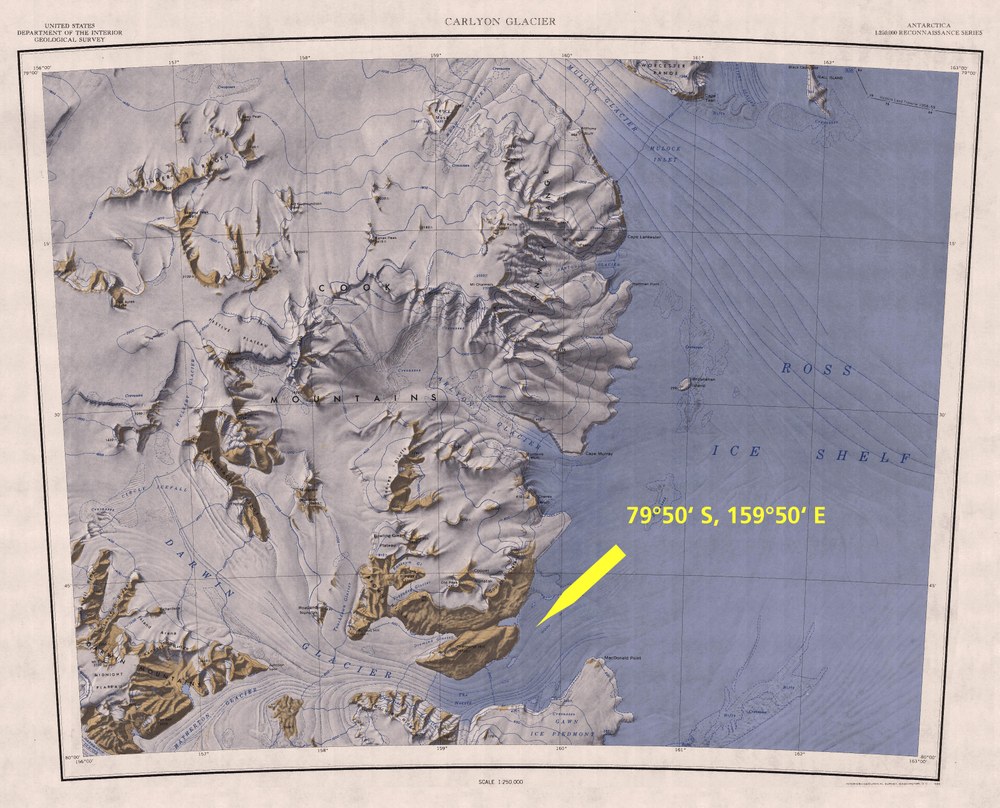The TIDEx Campaign on Darwin Glacier: Part 1 - From Central Europe’s Grey Autumn to Antarctica’s Spring
More than 18000 km to Christchurch, New Zealand with stops in Dubai and Sydney, and about 4000 km further South I have to travel to reach my destination: the Darwin Glacier in the Transantarctic Mountains, less than 1100 km far from the South Pole. I know the area very well but only from 515 km altitude. During the last years these mountains were in focus of my research based on the TerraSAR-X and TanDEM-X radar satellites. The remote sensing data helped me to better understand the behaviour of these glaciers crossing the southernmost mountains of the Earth. In the next weeks I’ll be there for in situ investigations in the framework of the TIDEx campaign (Transantarctic Ice Deflection Experiment) on Darwin Glacier, one of the many glaciers in the region.

We will be there as a team of four. My mates are Oliver Marsh, Christian Wild and Ekkehard Scheffler from Gateway Antarctica - Centre for Antarctic Studies and Research, University of Canterbury in Christchurch, New Zealand. Within the collaboration with Oliver Marsh’s team we used up to now TerraSAR-X data to map ice deformations occurring at short time scales. Now we want to complement these results with measurements carried out directly on ice.
Our glacier of choice is Darwin. With just 6 km width it is one of the smaller outlet glaciers with draining basins located on the high elevation plateau of East Antarctica. They are transporting ice through the narrow fjords of the Transantarctic Mountains into the Ross Ice Shelf. The glacier has a surface velocity of about 50 m/yr. This is reasonably fast giving us confidence that Darwin is similar to other outlet glaciers, i.e. our results from our field campaign can also be applied to other glaciers. Otherwise Darwin’s ice moves slow enough to avoid extensive surface crevassing making fieldwork difficult.

What do we want to learn about Darwin Glacier?
We will set up our camp close to its grounding zone. This is defined as the transition between ice resting on the ground and floating ice. Due to ocean tides and air pressure variation the floating ice part experiences short term vertical deformation. We plan to deploy closely spaced tiltmeters and GPS receivers and record data over 1 tidal cycle (14 days). We will set up the instruments when we arrive in the field and will remove them at the end of the campaign. In addition we will carry out ground penetrating radar measurements to compare with earlier ice thickness data. We will also investigate for the first time the ocean induced basal melting at the ice-ocean interface. The derived results will contribute to a better understanding of the stress on glaciers associated with ocean tides and guide our interpretation of satellite data from grounding zones elsewhere. More details will be provided once we start our field work on Darwin Glacier.

We will set foot on Antarctica at New Zealand’s Scott Base. Here a short training program of 4 days will us familiarize with our 3 week deployment in the field. The arrival on Darwin Glacier is planned for 5 November after a flight of approximately 260 km.

Dana Floricioiu from the Remote Sensing Technology Institute (IMF) at the German Aerospace Center (DLR) has a long-standing experience in remote sensing of the cryosphere. Since the International Polar Year 2007-2008 she is also responsible for coordinating the national radar X-band satellites TerraSAR-X and TanDEM-X in the framework of international polar measurement campaigns. She is an expert in the field of ice dynamics of glaciers in the Arctic and Antarctica with particular emphasis on the outlet glaciers of the Transantarctic Mountains.

